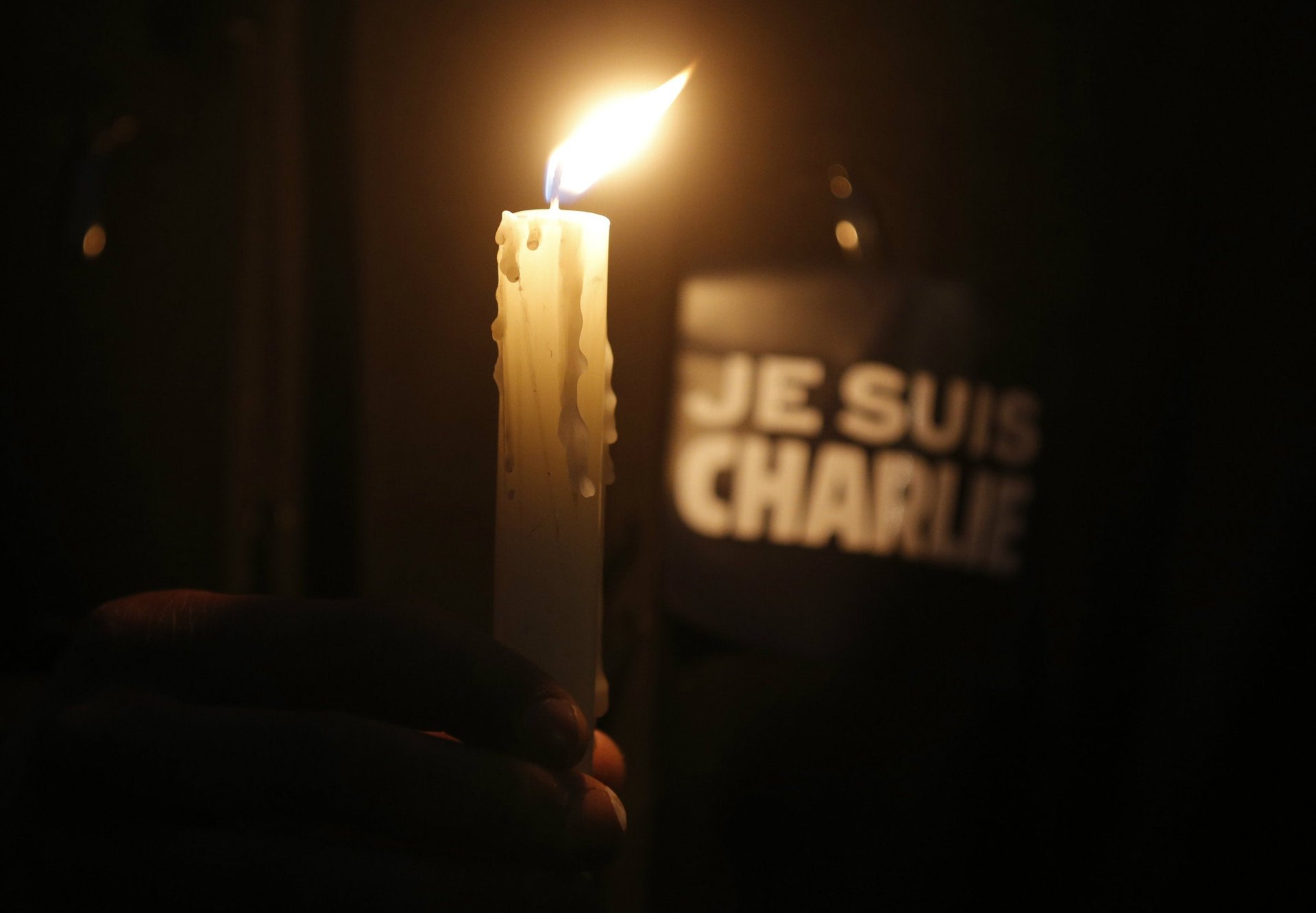What we can tell from what the Paris attackers did—and didn’t do
It is the nature of terrorism that the people behind the hideous attack in Paris will soon identify their organization and their motivations—bragging rights are an important objective in this kind of operation. It may be only a matter of days, perhaps even hours, before a statement appears online, taking “credit” for the murder of 10 staff members of the satirical magazine Charlie Hebdo magazine and two policemen.


It is the nature of terrorism that the people behind the hideous attack in Paris will soon identify their organization and their motivations—bragging rights are an important objective in this kind of operation. It may be only a matter of days, perhaps even hours, before a statement appears online, taking “credit” for the murder of 10 staff members of the satirical magazine Charlie Hebdo magazine and two policemen.
When that happens, expect the usual faux-pious pronouncements and exaggerated explanations. But we shouldn’t take them at their word; better to judge them by what they did.
Or what they didn’t do. Consider what this attack was not, and what that suggests:
1. It was not random: Had the attackers wanted merely to create attention-grabbing mayhem, they could have chosen from any number of targets in a densely populated city that has an abundance of tourist attractions. The target was specific: the offices of a satirical magazine that has in the past lampooned radical Islam and published cartoons depicting the prophet Mohammed.
2. It was not necessarily about France: The country is reeling from its worst terrorist attack in decades—but the location and nationality of the victims may actually be no more than incidental. If the attackers were responding to French foreign policy—the country’s military involvement in Afghanistan, for instance, or more recently in Mali—there’s no dearth of government or military targets in Paris. This was, as president Francois Hollande said, “an attack on free speech.”
3. The timing was likely not coincidental: Charlie Hebdo is a small magazine, an many of its staff work from home. Wednesday is its publication day, and also the day when staff gather in the office to plan for the next issue. An attack on a Tuesday, or a Thursday, might not have led to as many victims. This speaks to a high degree of planning and preparedness. (But even the best-laid plans can sometimes go wrong: some reports say the men initially entered the wrong building.)
4. It was not a suicide attack: They came to kill, not to die. If the attackers were wearing explosives-laden vests, they certainly didn’t detonate them. Nor did they wait for a gun battle with police reinforcements that would arrive on the scene. Instead, they had a getaway car (or cars), and a plan that apparently included switching vehicles to throw any pursuers off the scent. This is significantly different from most recent terrorist plots and attacks, and allows the frightening possibility that the attackers may have other operations planned. (The Danish magazine that posted cartoons of the prophet Mohammed 10 years ago has increased security at its offices.)
5. There was no ISIL signage: Unlike, say, the Sydney cafe hostage-taker, who brought with him a flag resembling the black banner of the Islamic State—a “real” flag was one of his demands—the Paris attackers brought nothing with them to suggest an affiliation with the terrorist group led by Abu Bakr al-Baghdadi. At this stage, it’s just as likely they were connected to al Qaeda, which put Charlie Hebdo’s editorial director, Stéphane “Charb” Charbonnier, on a hit list in 2013. He was among the magazine staffers killed in today’s attack.